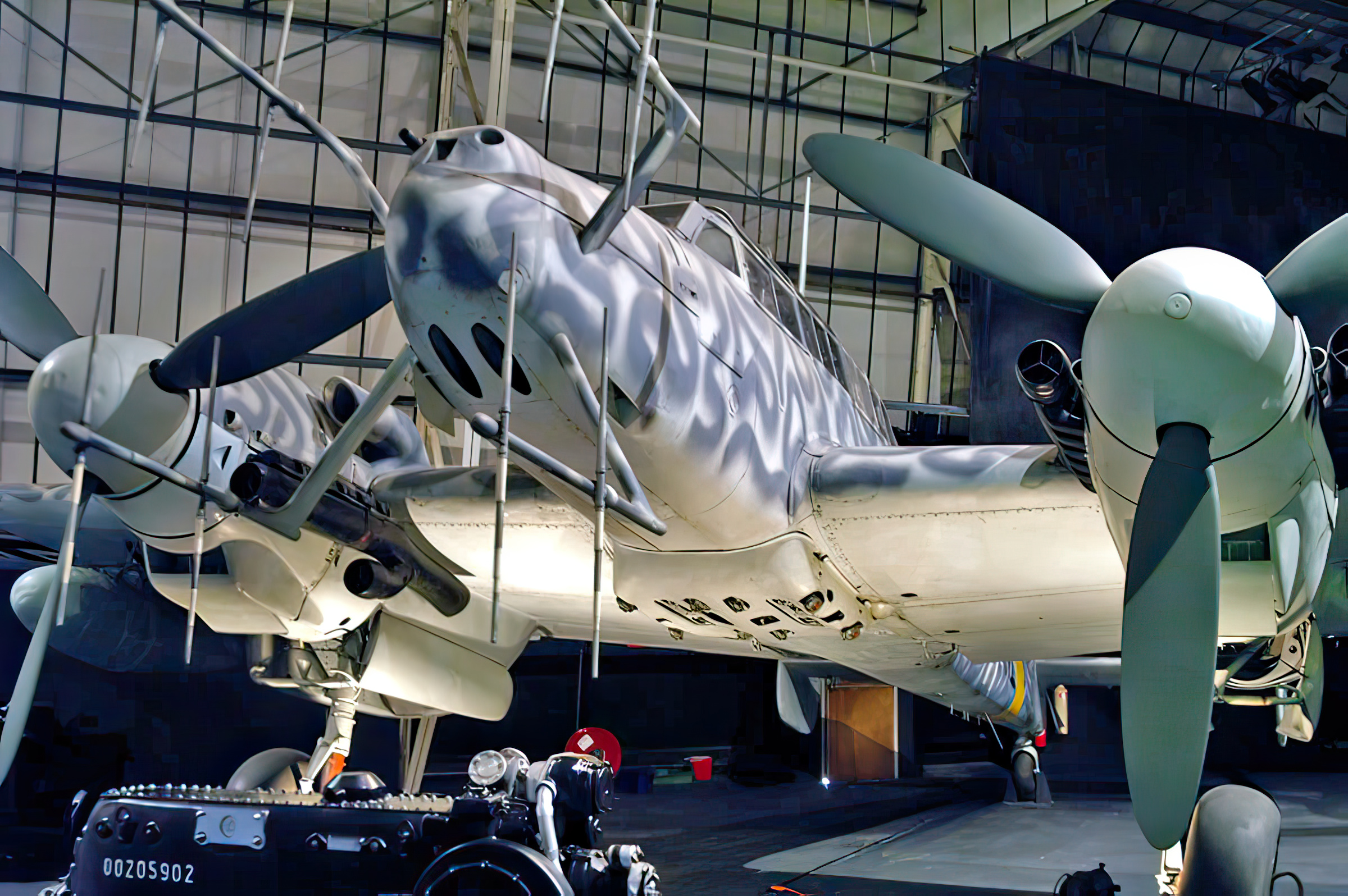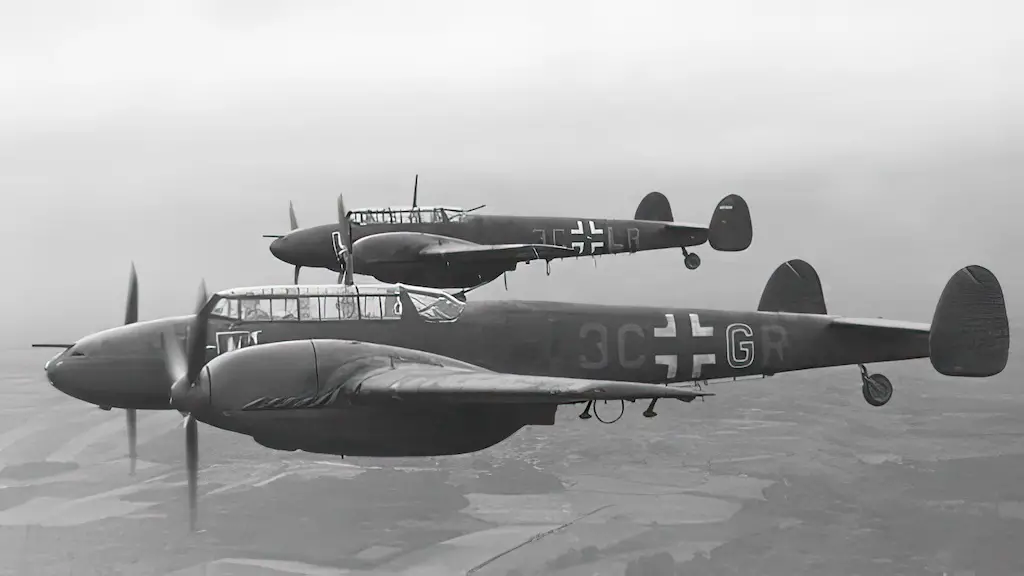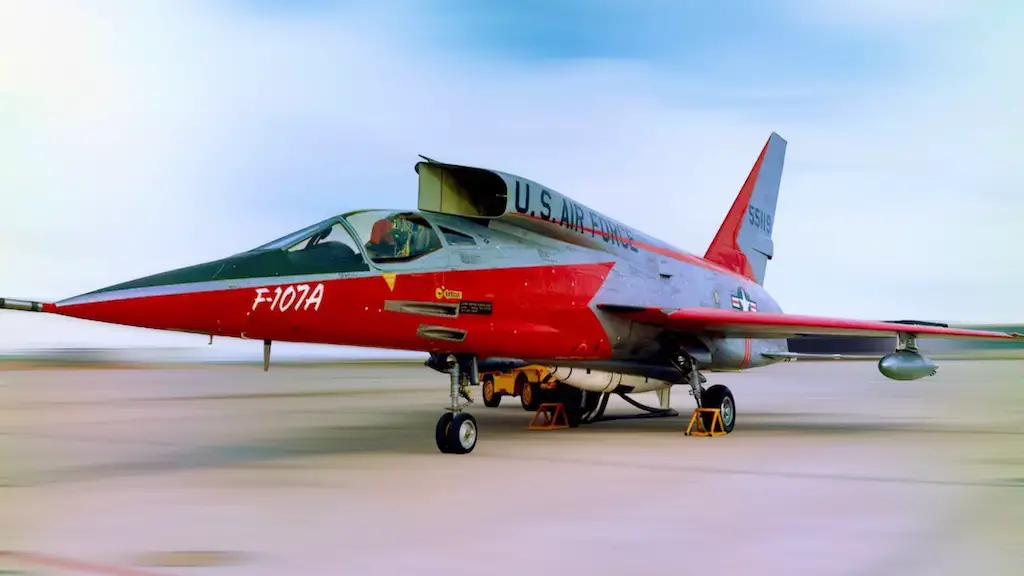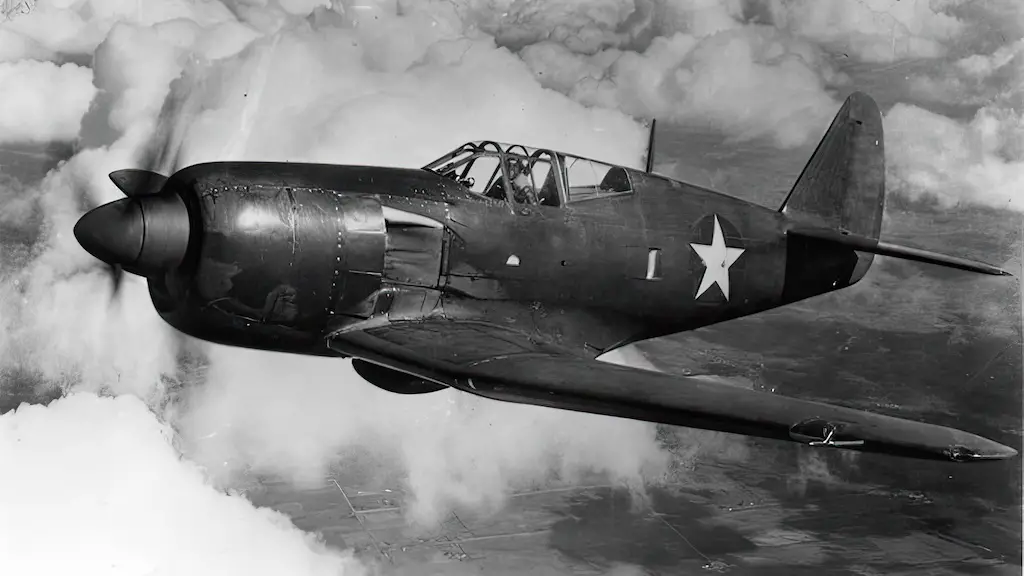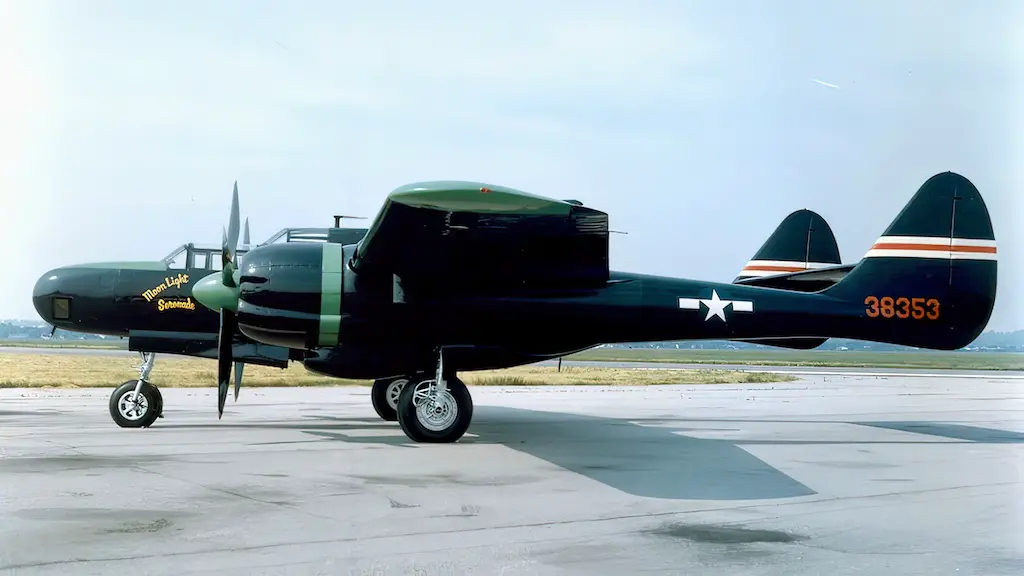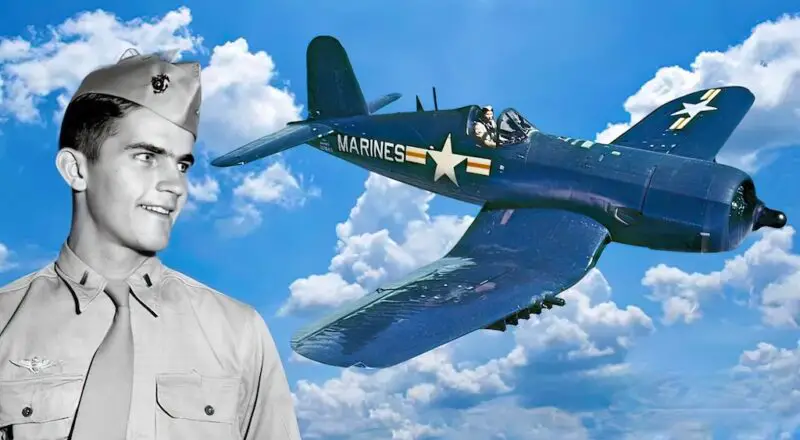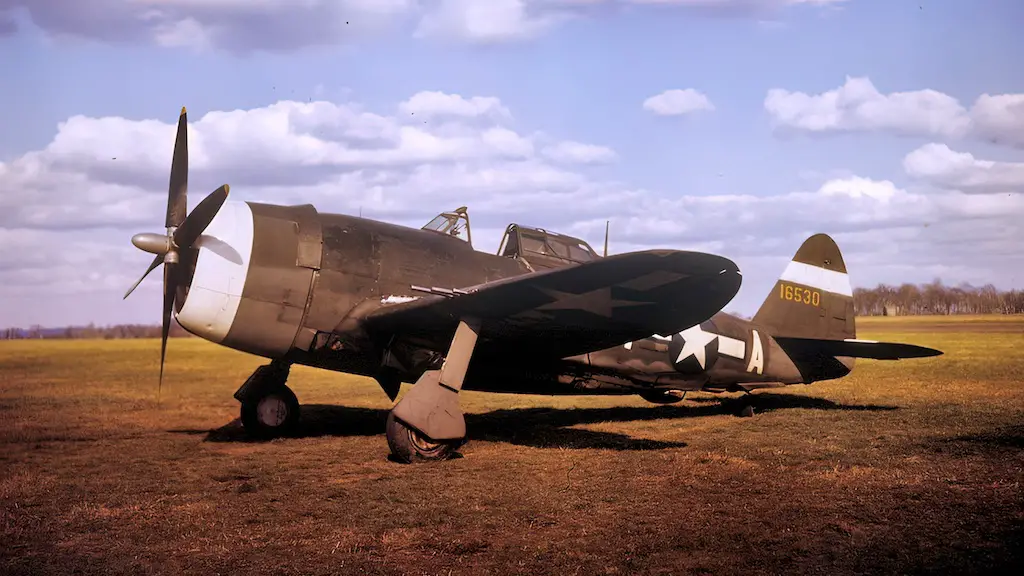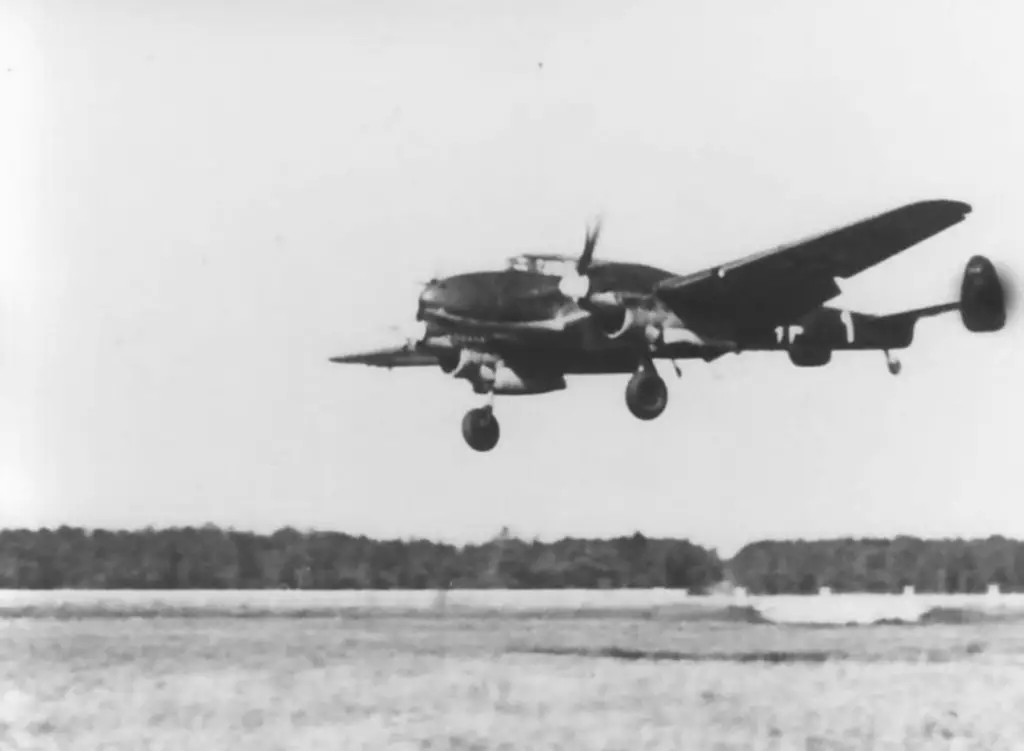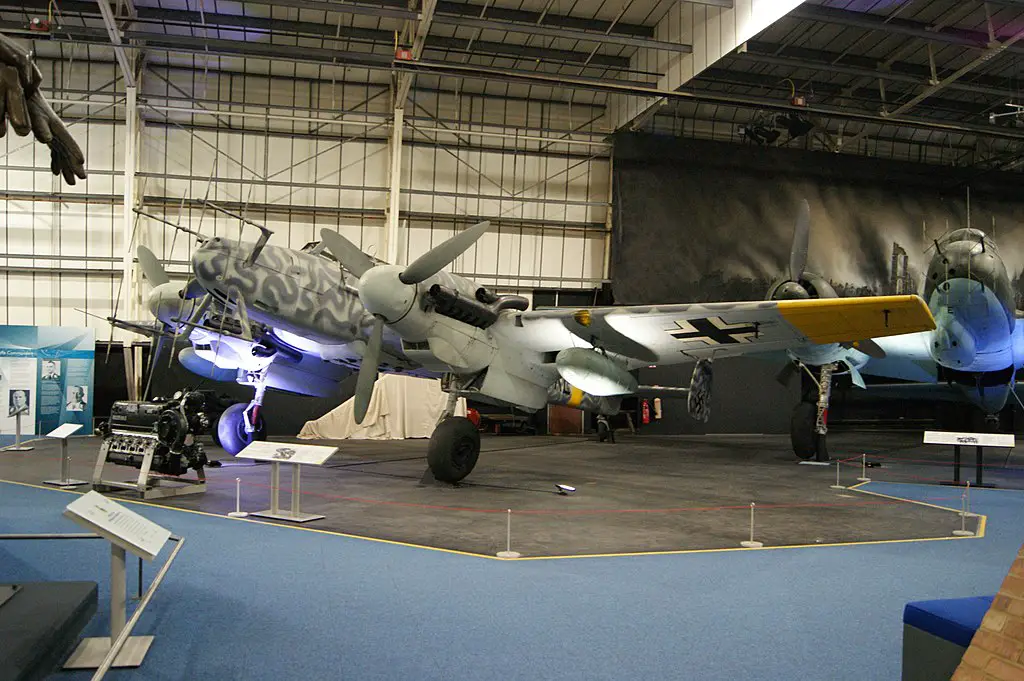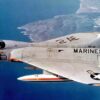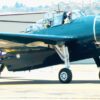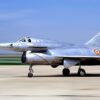Unleashing hell from the heavens, the Messerschmitt Bf 110 thundered across the World War II skies. A behemoth birthed from German engineering, it was an airborne predator that sent shivers down the spines of its enemies. Fast, formidable, and ruthlessly efficient, this twin-engine terror embodied the relentless fury of the Luftwaffe. From its roaring Daimler-Benz engines to its deadly arsenal of weapons, every inch of the Bf 110 was a testament to its lethal purpose. The battlefields of the sky had a new master, and it came bearing the name Messerschmitt Bf 110.
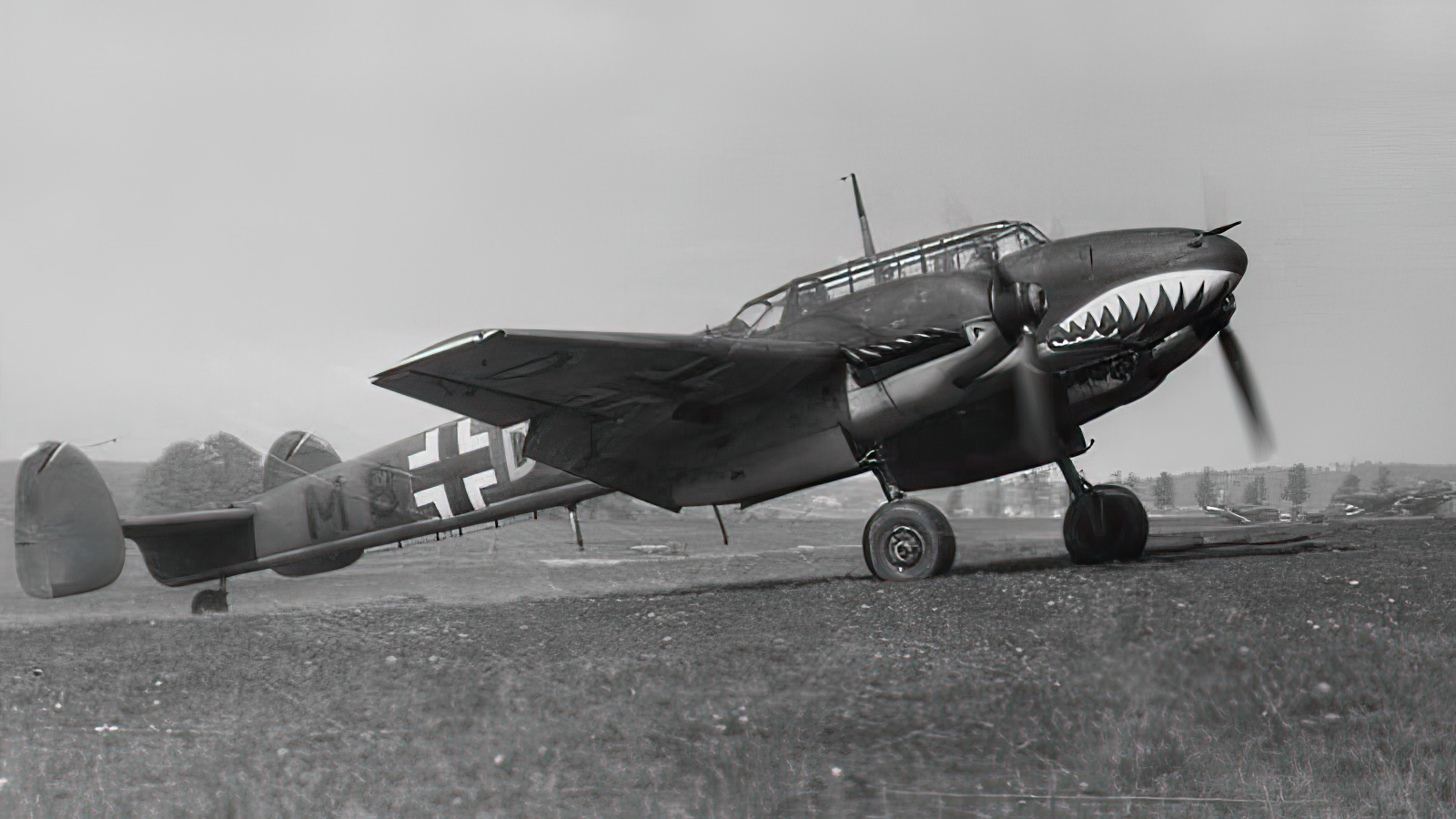
The Making of the Messerschmitt Bf 110
In the early 1930s, a storm of innovation began to brew within the German aviation industry. A central figure behind the surge was the aircraft designer Willy Messerschmitt. His ambition? To forge a heavy fighter that could balance speed and firepower, a machine capable of thriving in the rapidly changing battlegrounds of the skies. The culmination of this ambition was the Messerschmitt Bf 110, an aircraft that would soon carve a name for itself in the hallowed chapters of World War II history.
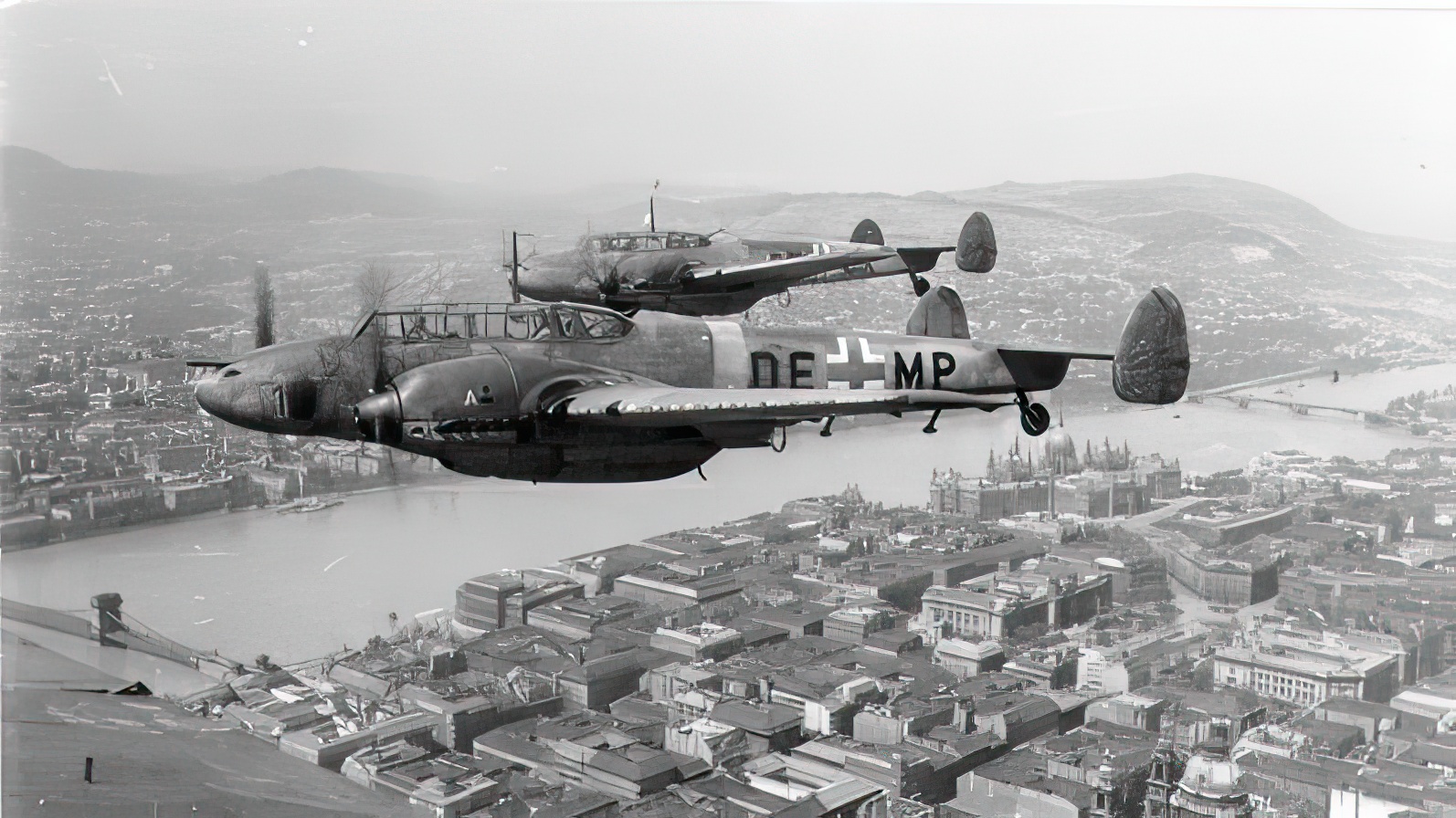
Daimler-Benz DB 601 Engines
For the Bf 110 to dominate the skies, it needed an engine to match its deadly intent. The Daimler-Benz DB 601 engines filled this role perfectly. Equipped with superchargers, these engines propelled the Bf 110 to high speeds and impressive altitudes. A symphony of mechanical perfection, the DB 601s not only provided raw power but also offered reliability—an aspect of utmost importance in the harsh conditions of war.
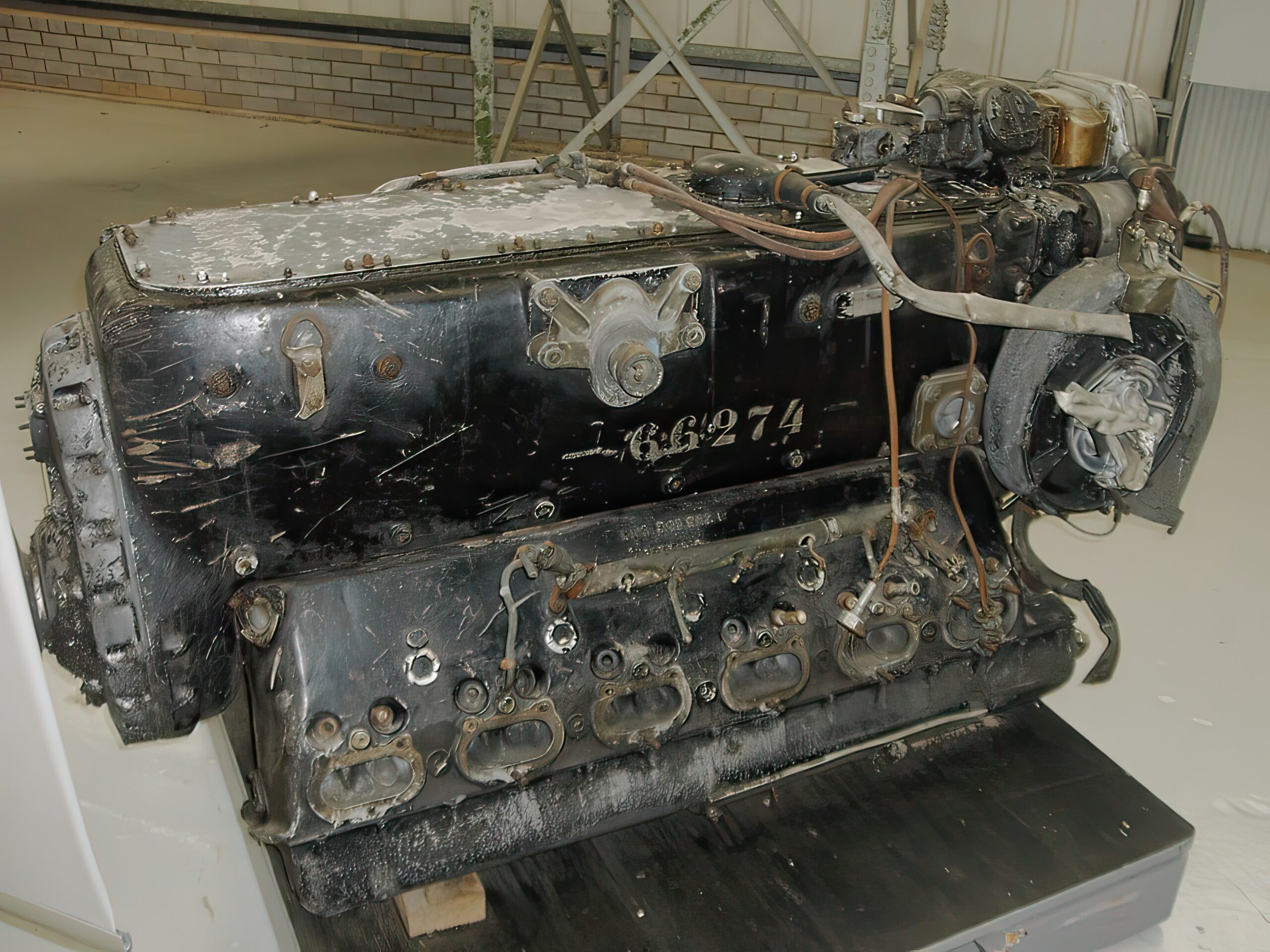
The Unleashed Fury:
The Bf 110 combined the deadly trifecta of speed, firepower, and range. It was faster than many of its contemporaries, reaching top speeds of 349 mph. Armed with a lethal combination of cannons and machine guns, the Bf 110 packed a punch powerful enough to challenge both bombers and fighters. Its extended operational reach gave it the ability to shepherd bombers far into hostile lands, serving as a vigilant escort. This ability played a crucial role in helping the Luftwaffe claim and retain air dominance during the initial stages of World War II.
In the Cockpit
To fly a Bf 110 was not for the faint-hearted. It was a powerful, challenging aircraft to master. However, once a pilot understood its quirks, they found a formidable machine at their fingertips. It handled well at high speeds and altitudes, its dual-engine setup providing an extra level of safety in case one engine failed. While it wasn’t as agile as single-engine fighters, its armament more than compensated for this limitation.
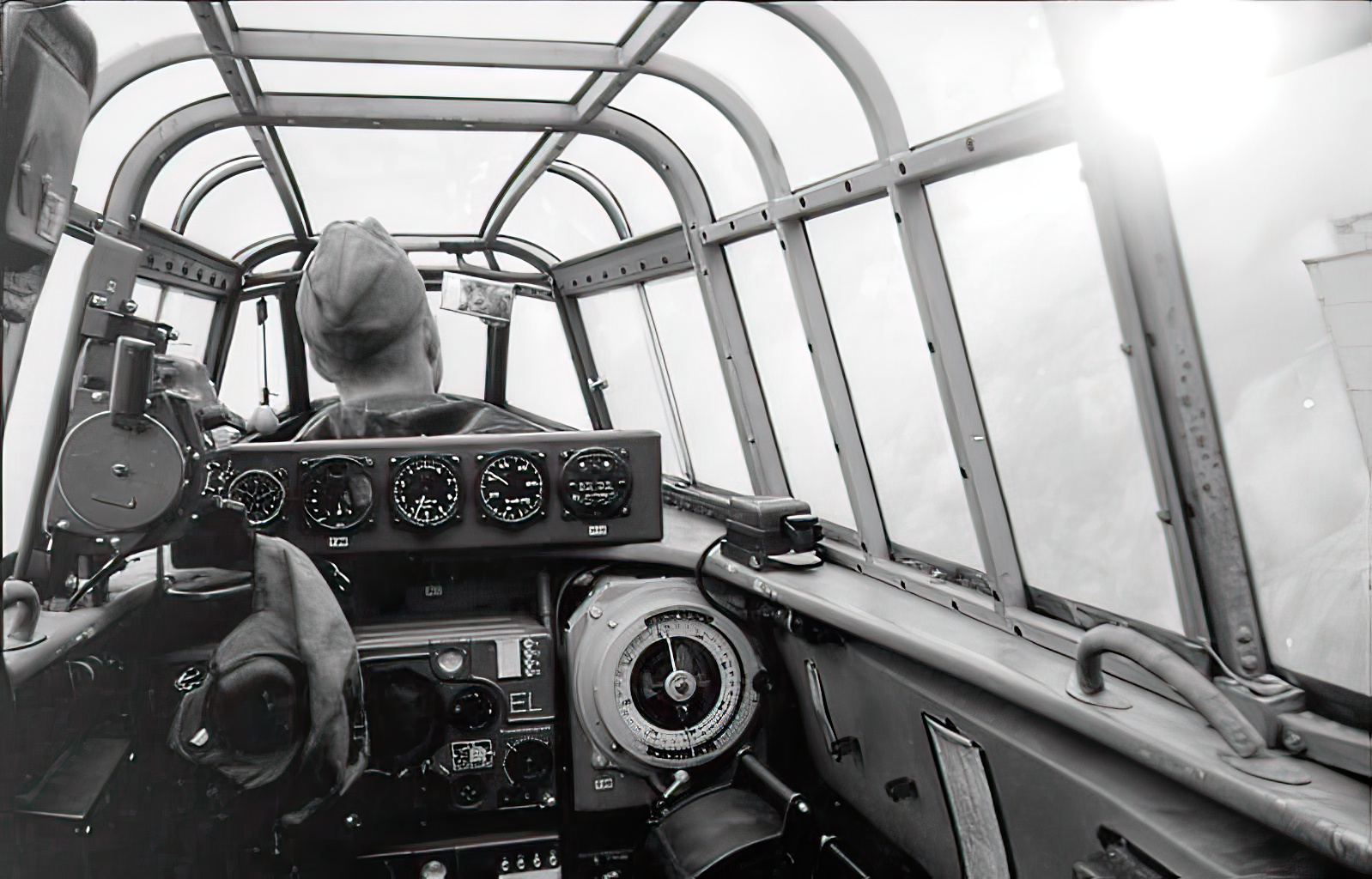
The Vulnerabilities of the Messerschmitt Bf 110
Despite its formidable presence, the Bf 110 had its share of shortcomings. Its size and weight, while contributing to its power and range, made it less agile than smaller single-engine fighters. In the twisting dogfights of the European theater, it often found itself outmaneuvered. This lack of agility also made it a prime target for Allied fighter pilots.
Furthermore, its reliance on a two-man crew, a pilot and a rear gunner, meant that coordination and communication were crucial, adding another layer of complexity to its operation. These limitations marked the Bf 110 as a paradoxical aircraft: mighty in firepower, but vulnerable in combat.
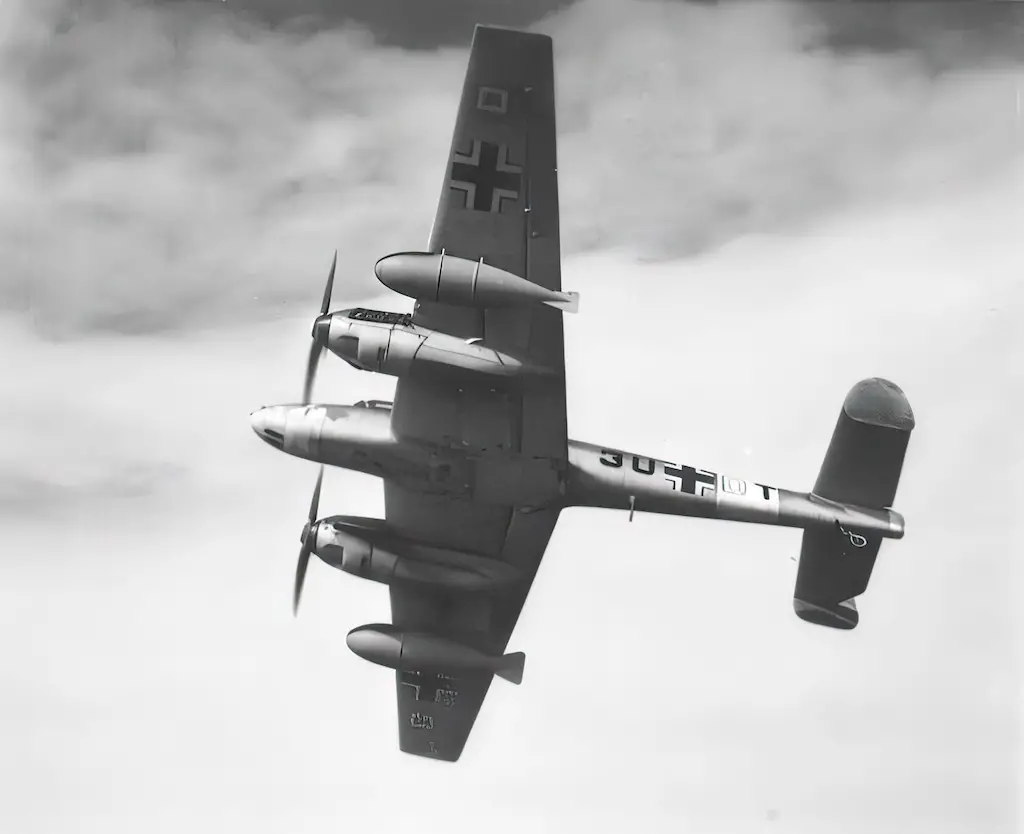
Versatile Vanguard
The Bf 110 served in diverse roles, from long-range escort and interceptor to ground-attack aircraft and night fighter. During the early stages of the war, it excelled as a Zerstörer, or destroyer, disrupting enemy formations and clearing the skies for German bombers.
As the war intensified and adversaries fielded stronger fighters, the Bf 110 evolved into a menacing night fighter. It embraced the cloak of night, turning it into a deadly advantage, and employed its substantial firepower with destructive precision.
This enduring aircraft stands as a formidable symbol of the German aviation industry’s technical mastery and strategic acumen during World War II. A complex beast conceived for the lethal theater of war, the Messerschmitt Bf 110 etched an unforgettable path in the chronicles of aerial combat.
